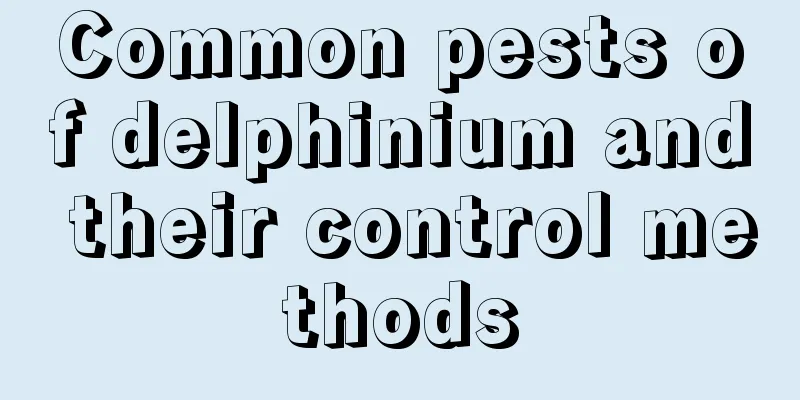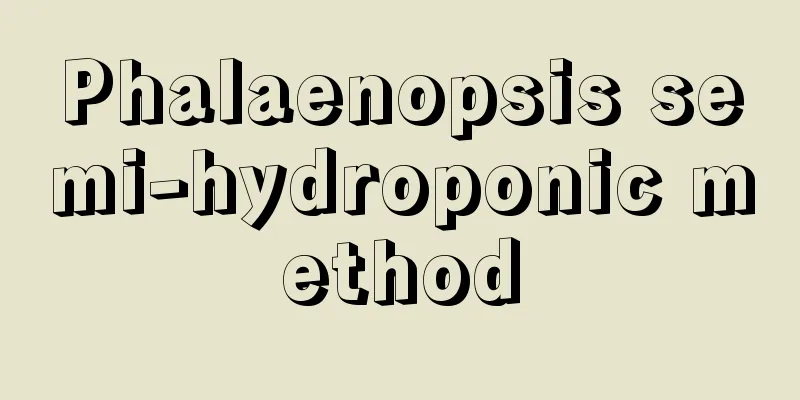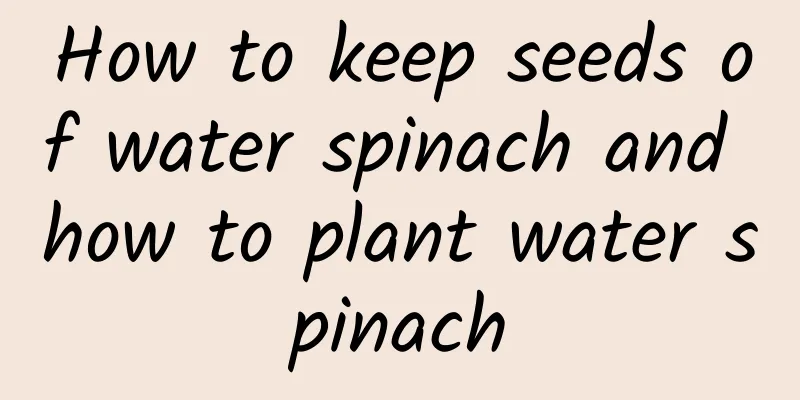Common pests of delphinium and their control methods

Common pests of delphinium: aphidsCharacteristics of aphid damageAphids, also known as honey bugs and sticky insects, mostly belong to the Aphididae family of the order Homoptera. They are pests with piercing-sucking mouthparts. They often gather on leaves, tender stems, flower buds, terminal buds and other parts, sucking sap, causing the leaves to shrink, curl, and become deformed. In severe cases, they cause the branches and leaves to wither or even the death of the entire plant. The honeydew secreted by aphids can also induce sooty mold disease, viral diseases and attract damage from ants. Aphid control methodsKill aphids with laundry detergent: Laundry detergent has a contact killing effect on aphids. Use a brush dipped in a 1:500 ratio solution of laundry detergent and water to scrub the aphids on the branches and leaves of flowers. You can also use a small sprayer to spray it, which can also effectively scrub off the honeydew secreted by aphids. Kill aphids with plant juice: soak dried tobacco leaves and peppers in water at a ratio of 1:30 for one day, and spray the filtered liquid to kill aphids. Mash one part of willow leaves and add 3 parts of water, soak for 2 days, filter and spray, it has a good effect in preventing aphids. Common pests of delphinium: noctuid armywormCharacteristics of NoctuidaeThe adults hide in hemp fields or nearby jungles and shrubs during the day and are active at night, tending to light. Adult insects like to lay eggs on the back of the upper leaves of hemp plants. Newly hatched larvae gather on the top back of the leaves of the egg-laying plants and feed on the leaf pulp to form sieve-like holes. The larvae are lively and will spin silk and droop to move if disturbed. After the third instar, it disperses the damage. When disturbed, it grasps the back of the leaf with its tail and abdomen, shakes its head from side to side, and spits out yellow-green juice from its mouth. The weather is most suitable for occurrence when the temperature is high, the humidity is high, and there are sunny and rainy days. Prevention and treatment methodsManual removal of insect eggs: remove egg masses and leaves with clustered larvae and burn or bury them in a concentrated area. Chemical control: seize the period when larvae gather and cause damage, and spray powder in the early morning before the dew dries. You can use 2.5% dichlorvos powder, 1.5% parathion (1605) powder or 1.5% malathion powder for spraying. |
<<: Common pests of nasturtium and their control methods
>>: Common diseases and pests of February orchid and their control methods
Recommend
How to grow pink trumpet creeper
1. Selection of potting soil When choosing a flow...
How to grow asparagus fern in autumn?
Asparagus fern has always been a favorite plant a...
How to prune yellow locust
When to prune yellow locust The trunk of the yell...
How long does it take for a cactus to adapt to the pot?
Cactus acclimatization time After the cactus is p...
The efficacy and effects of Platycodon grandiflorum, the side effects of Platycodon grandiflorum
1. The efficacy and function of Platycodon grandi...
How to grow Cross Star Brocade
1. Lighting The Cross Star Plant prefers a sunny,...
What should I do if my crabapple flowers are infested with insects?
1. Reasons If the environment or methods provided...
Can sunflowers be planted in the yard?
Can I grow sunflowers in my yard? Sunflowers can ...
How to propagate pine
How to propagate pine Seeding method For the seed...
How to grow the lucky tree and what to pay attention to, pictures of the lucky tree
1. Cultivation methods and precautions of the luc...
Asparagus planting methods and time planting techniques and cultivation points
Asparagus planting time Asparagus is planted in s...
How and when to plant peas
Pea planting time and month Peas are planted outd...
What to do if lipstick flowers shed leaves
The lipstick flower is shedding leaves because of...
Why do leek leaves turn yellow? Can you still eat leek leaves when they turn red?
1. Reasons for yellowing leaves 1. Soil acidifica...
How to care for Chlorophytum comosum in winter? Does it need pruning?
1. How to maintain in winter 1. Temperature: Its ...









